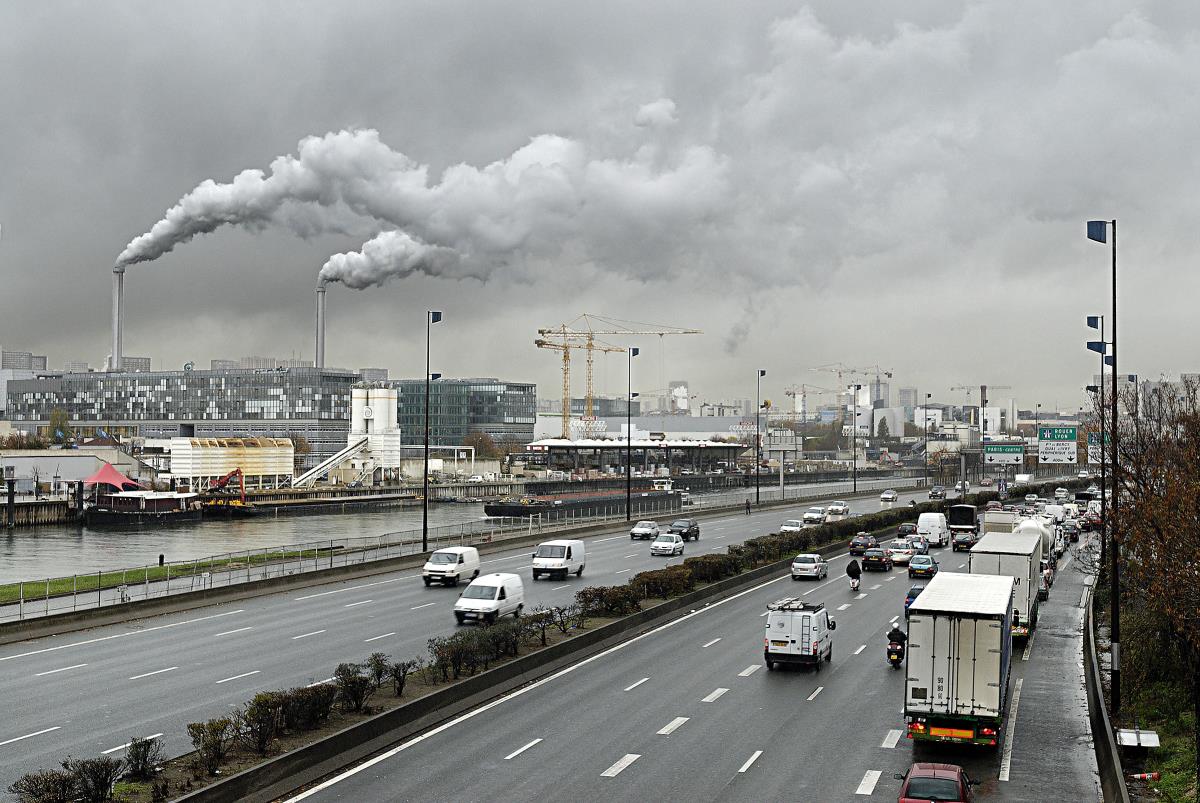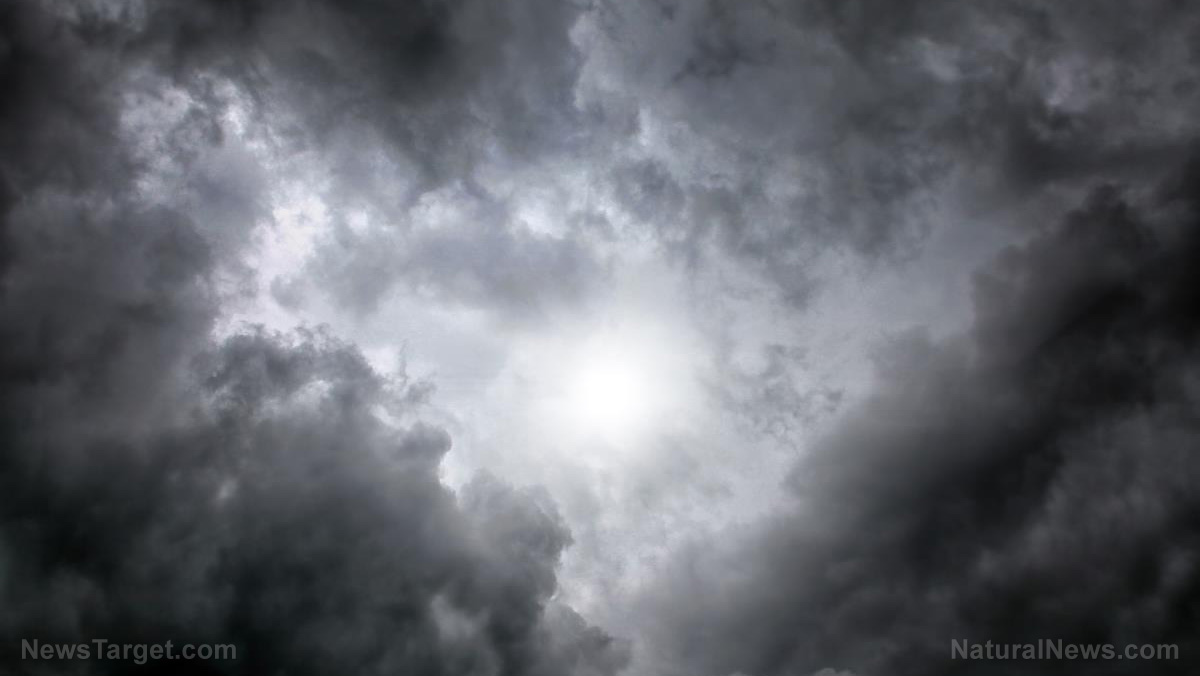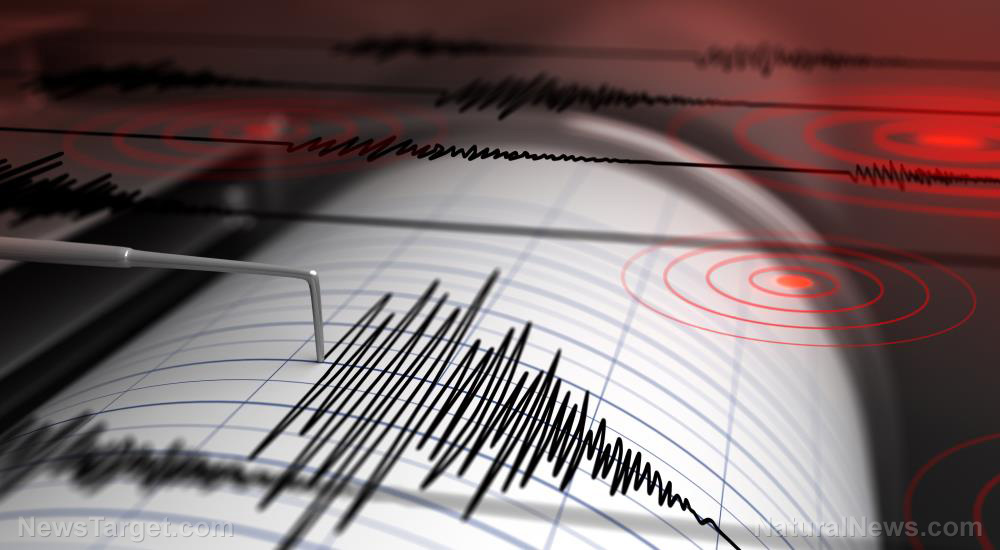Rolling blackouts and power shutoffs loom in California as heat wave and extreme weather conditions persist
09/09/2020 / By Virgilio Marin

California may experience rotational blackouts and more power shutoffs on Tuesday and Wednesday due to high demand and extreme weather conditions, officials warn.
The advisories come as the state endures another heat wave, prompting residents to ramp up electricity use which may overwhelm the power grid system.
Officials with the California Independent System Operator (ISO) declared a Stage 2 emergency order around 6 p.m. on Saturday. Rolling blackouts throughout the state may be possible if demand remains disproportionately high from 3 to 9 p.m. on the same day.
No blackouts were reported and the emergency alert was eventually lifted. However, the ISO added on Saturday: “Consumers should always be prepared for potential power outages, both planned and unplanned during heat waves, especially in high temperatures that last multiple days.”
Meanwhile, the Pacific Gas & Electric Company (PG&E) warned customers of a possible “Public Safety Power Shutoff” on Tuesday and Wednesday to mitigate wildfire risk. An offshore wind event is expected late Monday night through Wednesday morning, which could be disastrous along with high temperatures and extremely dry conditions.
“We only use PSPS as a last resort when weather is so severe,” said PG&E spokesperson Katie Allen on Saturday.
Blackouts and shutoffs loom in California
The ISO declared the emergency order after the grid operator issued a Flex Alert urging consumers to conserve energy. According to the ISO, the grid system was strained after losing 1,600 megawatts of power, roughly equal to the amount of electricity used to run 1.2 million homes.
The loss of power was due to a combination of overload on the grid system, fires and high temperatures, which rose by 15 up to 25 degrees this Labor Day weekend. The grid operator expected an increase in electricity demand, mostly from the use of air conditioning.
The wildfires are also raising concerns among energy officials as they can take out transmission lines or force officials to enforce power shutoffs. Hot and dry conditions are expected throughout the state, which can be aggravated by the offshore winds expected around Monday.
The National Weather Service (NWS) issued fire weather watches across the state. These may progress into red flag warnings in the coming days, warn the PG&E. Certain zones including the Bay Area may experience a power shutoff on Tuesday and Wednesday as a fire preventative measure. Affected customers will be notified 48 hours prior to the shutoff via text, email or phone calls, according to Allen.
The PG&E enforces a public safety power shutoff for a variety of reasons, including a red flag warning, low humidity, dry fuel conditions and strong wind forecasts.
Over-reliance on renewables fueled August power outage
Several residents of northern and central California previously experienced a widespread power outage in the middle of August due to overloading on PG&E’s power system.
State Governor Gavin Newsom spoke about the energy shortfalls and admitted that part of why the state lack sufficient power is due to its over-reliance on renewable energy, particularly, wind and solar power.
Newsom said that cloud cover and nightfall limit the energy derived from solar plants while winds are not strong enough to keep the turbines going.
“While we’ve had some peak gust winds, wind gust events across the state have been relatively mild,” said Newsom. He added that while the milder winds are a boon to firefighting efforts, they hurt the state’s energy infrastructure. (Related: Firefighters and responders brace for more fires spreading across California.)
Newsom took responsibility for the energy shortfalls and implored the public to conserve electricity as his administration tries to procure new sources of energy. He noted that the transition to 100 percent renewable energy is still on the map but said, “we cannot sacrifice reliability as we move forward in this transition.”
Power.news has more on California’s blackouts.
Sources include:
Tagged Under: blackouts, California, Climate, energy conservation, extreme weather, power, Power Outage, renewable energy, solar power, weather, wind energy
RECENT NEWS & ARTICLES
COPYRIGHT © 2017 ENVIRON NEWS



















